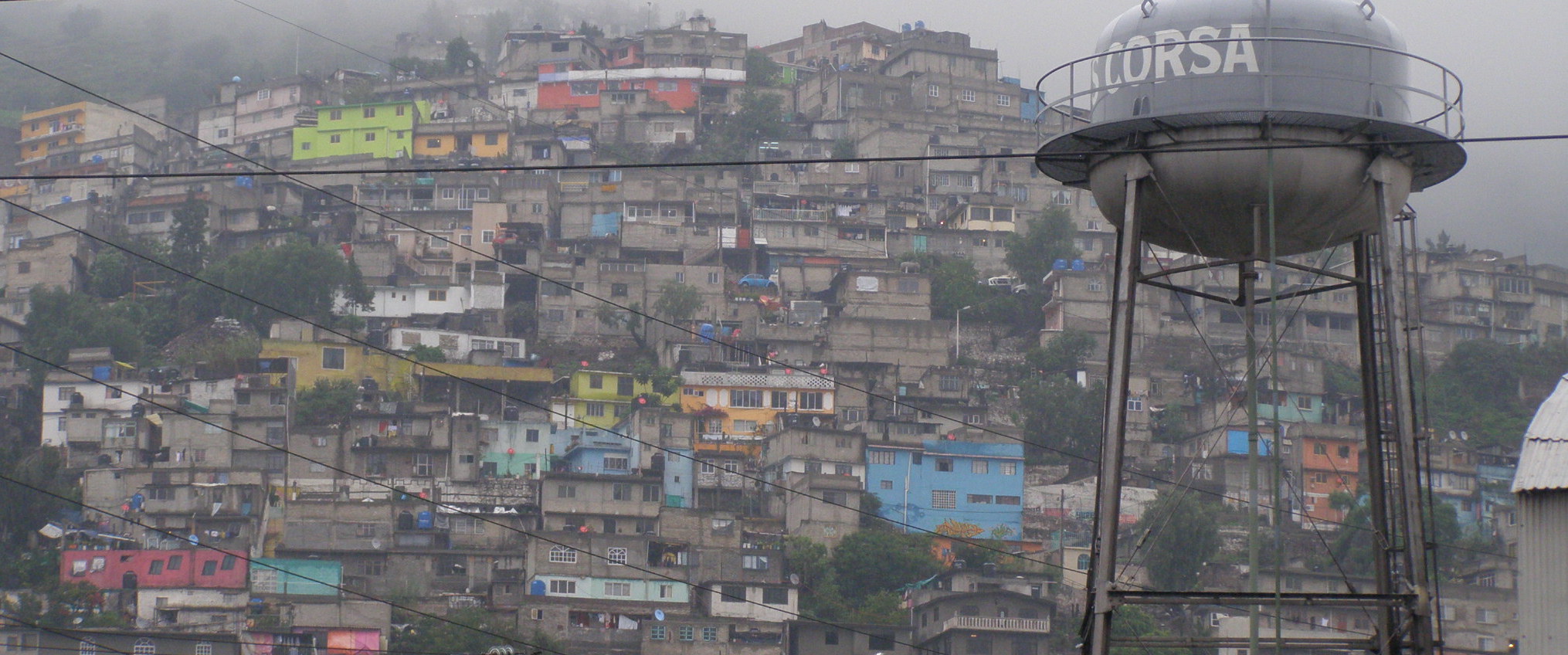Latin America is the most urbanized continent in the world after North America, with 79% of the population living in urban areas, according to 2011 data from the United Nations. The high urbanization rates that the continent has experienced since the 1940s have been accompanied by substantive political changes, including changes in the role of local governments in economic development and policy decision-making.
In Spring 2015, Social Science funded a seminar that sought to explore how Latin American cities manage risk and mitigate risk. As described in the seminar’s proposal, the group sought to “interrogate the capacity of Latin American cities to manage new and recurring challenges for human welfare and for governmental interventions in the built and natural environments.”
Organized by Heather Bromfeld, the seminar drew from the fields of political science, anthropology, city planning, sociology, and public health to examine how cities are adapting or promoting resilience to handle risks to citizens and to the environment. Guest speakers included Benjamin Lessing, from the University of Chicago, who studies “criminal conflict," organized armed violence involving non-state actor
Among the questions that were considered: What impacts will climate change have on Latin American cities? What conflicts might emerge from the tension between freedom and public security? And how will city leaders manage the growing population of urban Latin Americans who live under informal conditions – encompassing public health, proximity to natural hazards, and frameworks of ‘illegality’ and ‘citizenship’?
Image by ProtoplasmaKid.
